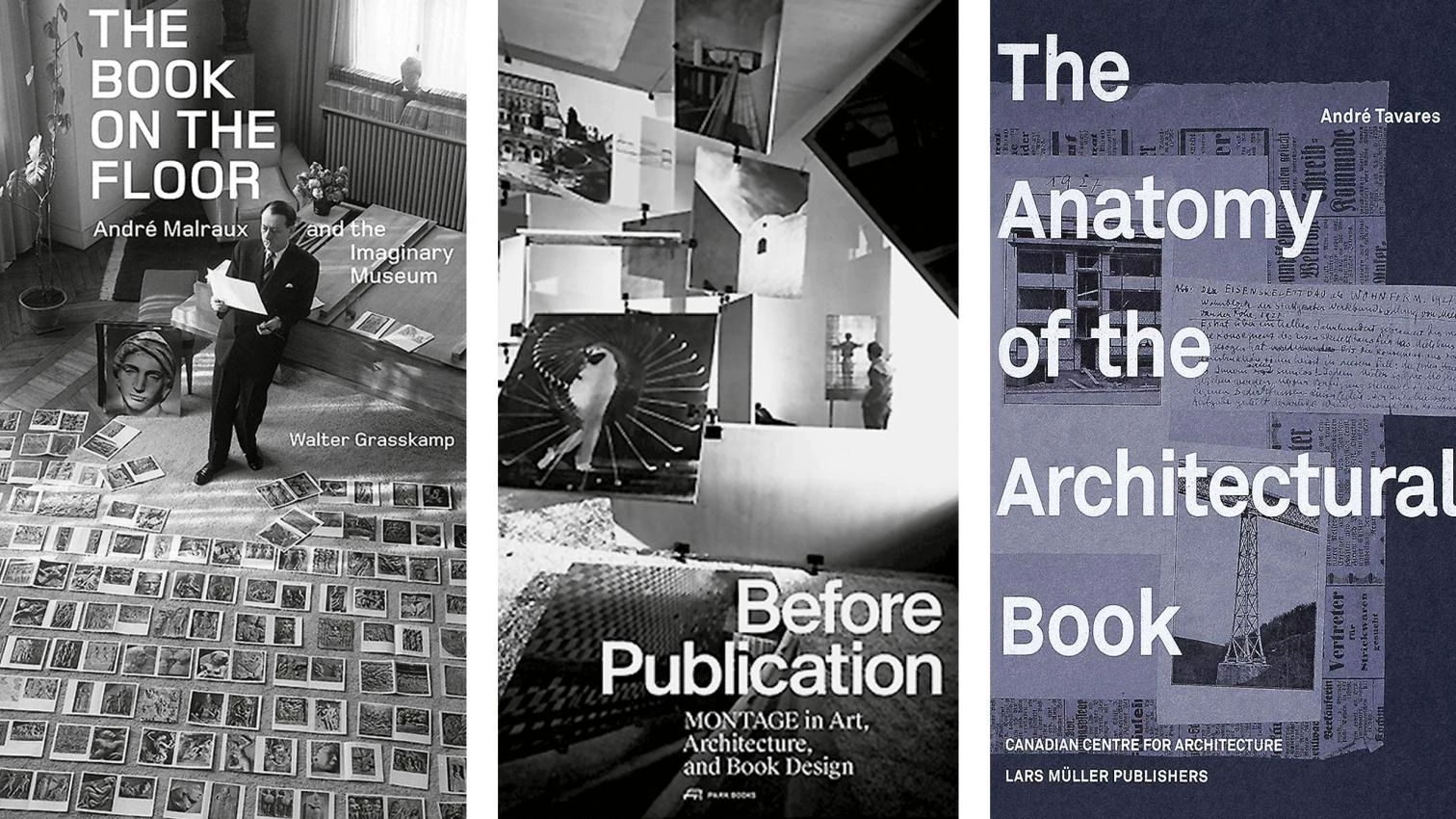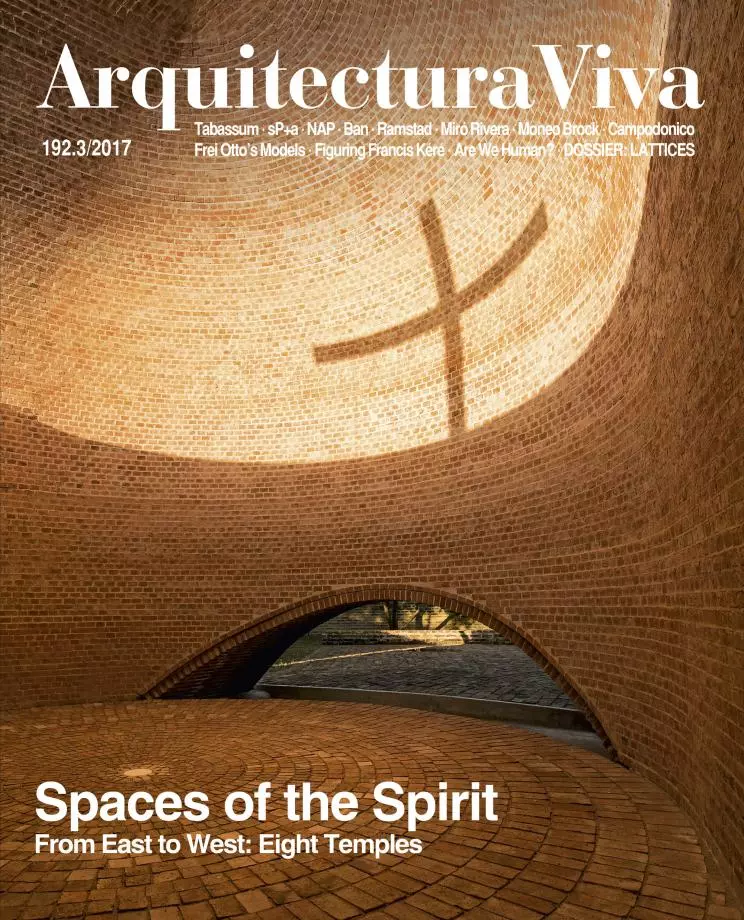
Architecture books, like art books, are imaginary museums. Three recent books explore editorial narration with images from complementary angles: The Book on the Floor uses the famous photograph of André Malraux surrounded by pages of an art book as a tool for interpreting imaginary museums and photographic encyclopedias; Before Publication uses the guiding thread of montage in art, architecture, and publishing design to present a choral portrait of this aesthetic practice in the avant-gardes; and The Anatomy of the Architectural Book develops the thesis that architects make books as if they were buildings. The first two delimit their territory with precision, and with historiographic rigor illuminate fascinating episodes of artistic communication in the last century; the third, the most voluminous, elegantly reproduces many stunning images of historical books, but its hypothesis seems forced, and its erudition more convincing than the point made.
Published two years ago in German, the work of the art historian and critic Walter Grasskamp now comes in English, translated by Fiona Elliott. In it, the mythical picture of Malraux that Maurice Jarnoux took for Paris Match, which was published in 1954 and shows the writer looking at illustrated pages of Le musée imaginaire de la sculpture mondiale, serves to introduce a persuasive and elegant story about the critical importance of photographic encyclopedias of art and the very concept of ‘imaginary museum,’ aside from revising the figure of Malraux as an art critic.
The product of a congress held at the University of Zurich, the collective book put together by the art historians Nanni Baltzer and Martino Stierli also falls under the spell of Malraux, but its eight authors explore different art episodes of the last century linked by the mechanism of montage. Of special interest for architects are the chapters by Richard Anderson on constructivism, by Olivier Lugo on three exhibitions of the 1950s, and by Reto Geiser, which compares the books of Sigfried Giedion with those of McLuhan.
Released in Portuguese and English, the book by the architect Andrés Tavares is a colossal effort that adds two autonomous long essays to an extensive analysis of the publication of architectural books, understood as buildings, under the headings of texture, surface, rhythm, structure, and scale, which translate into architectural terms typography, layout, argument, indexes, and sizes. If architects, as the author explains, build books as if they were buildings, this one is perhaps overwhelmed by its own weight.








